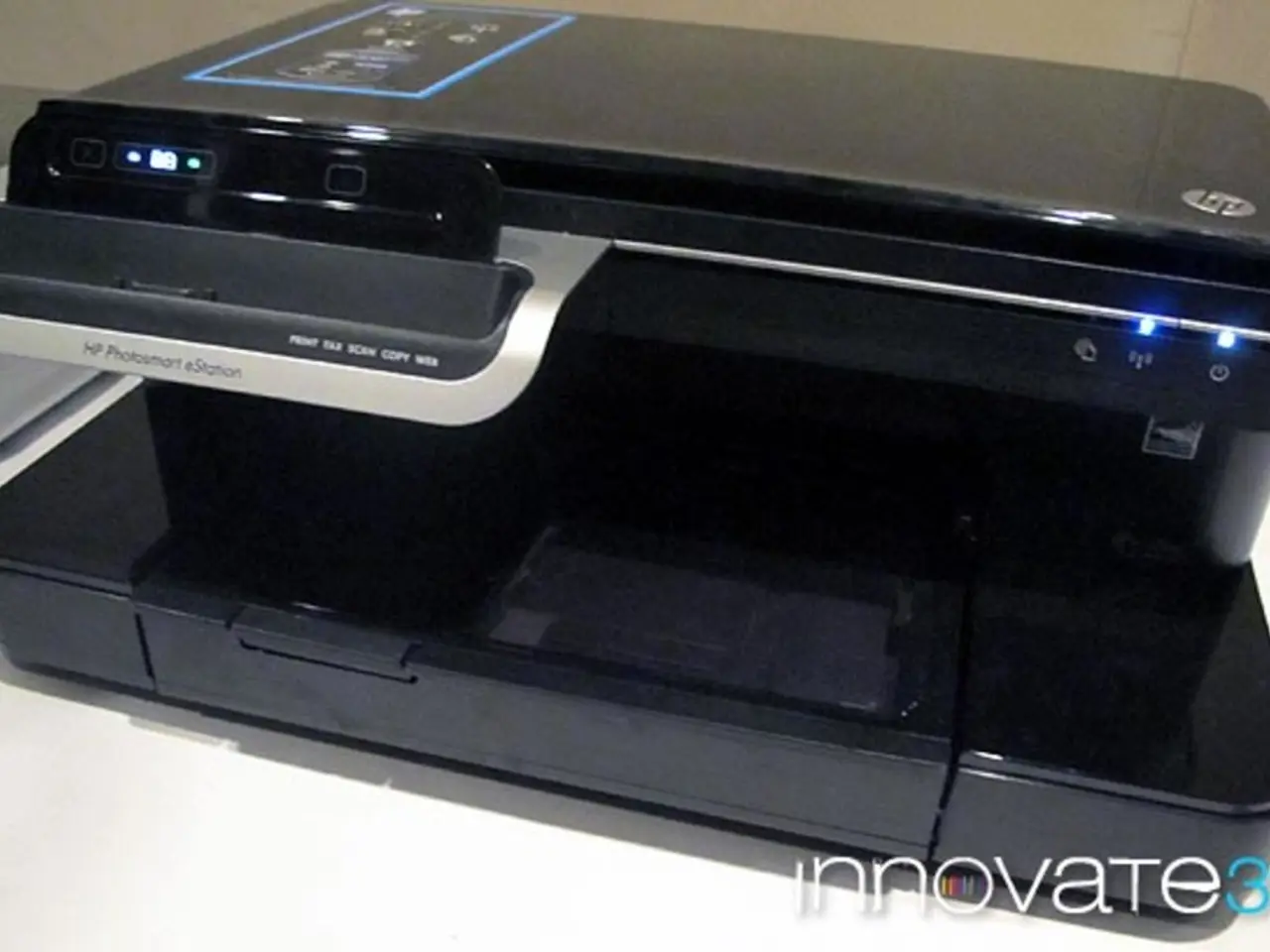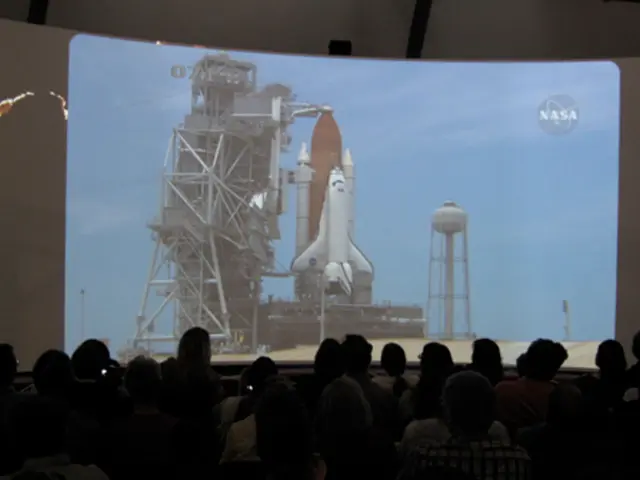Impact of 3D Printing on Economy: An Analysis
In a significant stride towards the future, office supply giant Staples is making waves with its new initiative. The company is now enabling in-store customers to print their own designs via their redesigned website, marking a new chapter in retail and 3D printing.
This move comes as no surprise, considering the growing popularity of 3D printing across various industries. Staples stocks the affordable ST3Di Pro 200 3D Printer across Europe, indicating their commitment to making this technology accessible to a wider audience.
The integration of 3D printing is not just confined to the corporate world. Retail giants like IKEA have already jumped on the bandwagon, offering 3D printers in their stores and providing the option to print individual designs on-site.
But the potential of 3D printing extends far beyond retail. The military is already utilising this technology to create prototype parts, save costs, and speed up the manufacturing process. Small-run jewelry and customer-aided design are also benefiting from the innovation.
The Bloomberg article suggests a strategic shift in the approach to 3D printing. Instead of focusing on products, the emphasis should be on processes. The proposed approach is to approve any product made with certified equipment according to transparent manufacturing guidelines.
As 3D printers become more affordable and innovative, they could lead to a significant workforce reduction in many areas of manufacturing. However, this shift could also enhance talents and make jobs more fulfilling by training a new generation of employees to operate these machines.
The story of 3D printing begins in the 1980s, when engineer Chuck Hull introduced stereolithography, the first example of 3D printing. This process involves using a vat of liquid polymer and a raised platform, with a UV light hardening layers of plastic to create a tangible product.
Innovative companies like A.L.B watches and Imaginarium Toys are integrating 3D printing into their production process, demonstrating the technology's versatility. Even Michigan Technological University is overseeing the production of the Recyclebot using 3D printers, showcasing the potential for sustainable manufacturing.
Reproducing parts for household items, such as printer trays, could soon be done at home, making everyday life more convenient and sustainable. As we approach the point where a 3D printer could be in every home, the future of manufacturing looks brighter and more accessible than ever.
Read also:
- Solar energy company, Imperium, alongside QORAY Mobility & Energies Solar Business, bolsters Nigeria's environmental future by producing superior solar panels domestically and offering flexible payment options.
- iPhone, iPad, and Mac Apple Sports App Now Offering: Customizable Widgets
- AI Inspection Company, Zeitview, Secures $60 Million Funding for Expansion
- Future of Payments: If the U.S. regulates stablecoins through the GENIUS Act, according to Matt Hougan




